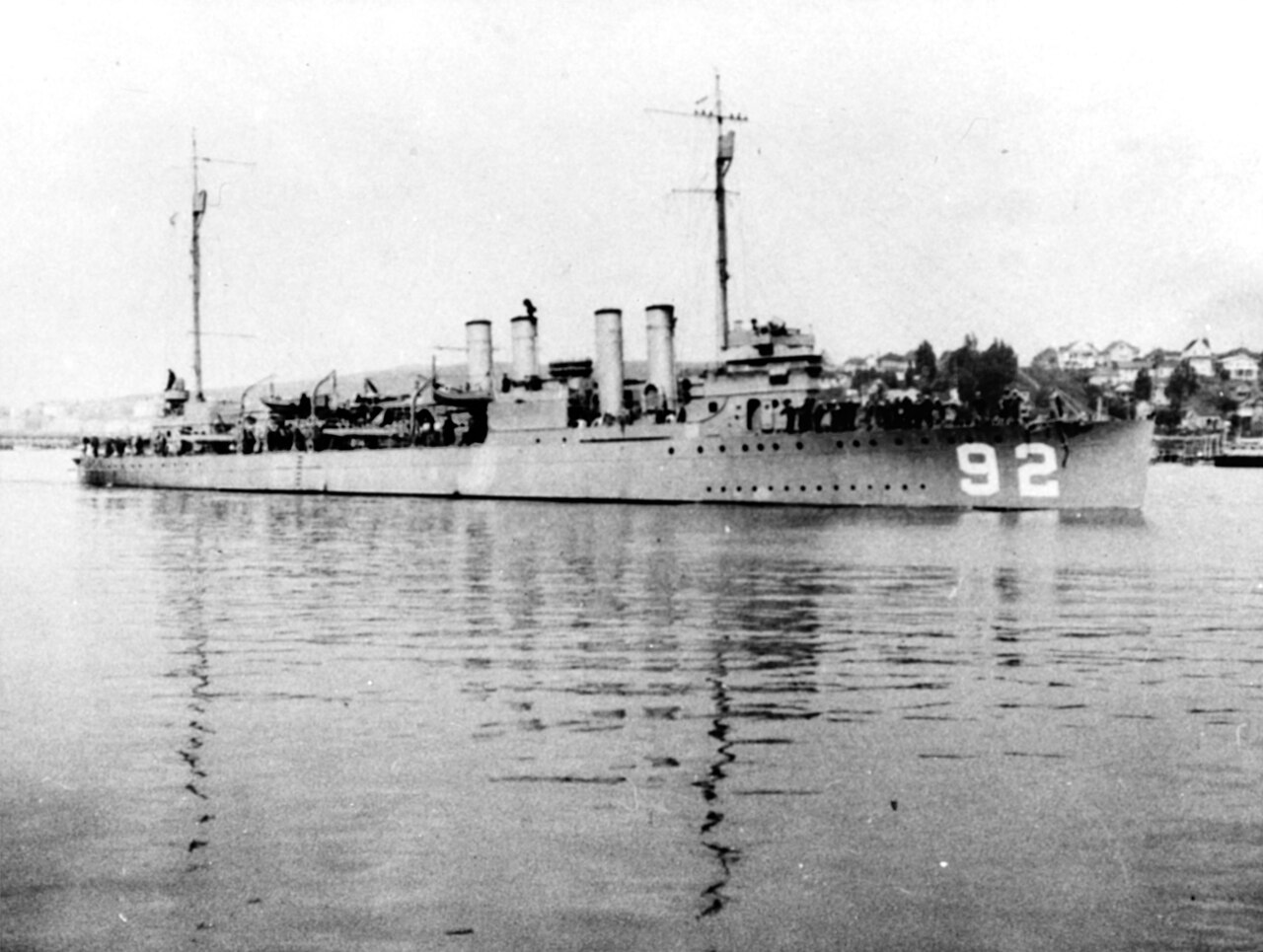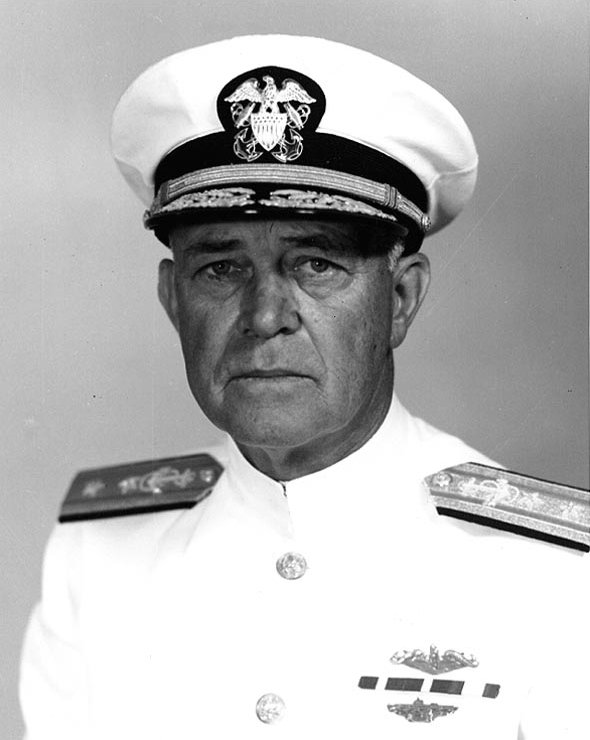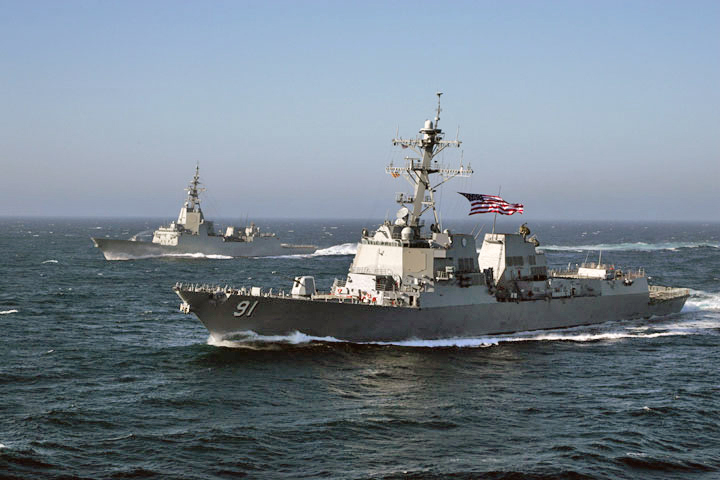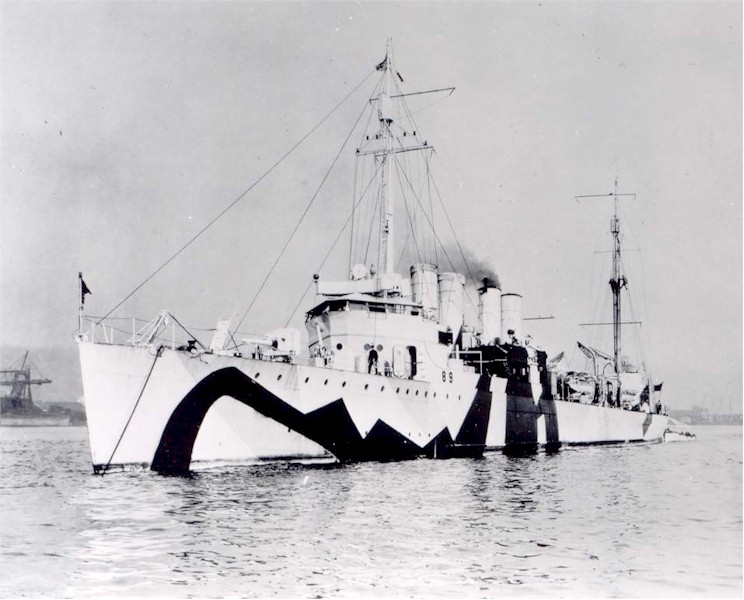USS
Momsen (DDG-92)
Namesake
Momsen is the twenty-sixth destroyer of the
Arleigh Burke-class to be built by Bath Iron Works. She is named after Vice Admiral Charles B. "Swede" Momsen of Flushing, Queens, New York (1896–1967). Vice Admiral Momsen made many contributions to the navy such as the invention of the Momsen Lung when he was assigned to the Bureau of Construction and Repair. Momsen was also involved in the first successful rescue of a crew of a sunken submarine, USS
Squalus, and subsequently supervised the salvage of the boat.
Early interest
It was aboard
S-1 Momsen's attention became drawn to the urgent need for a way to rescue trapped submariners.
On September 25, 1925,
S-1's sister ship,
S-51 (SS-162), collided with freighter
City of Rome in the vicinity of Block Island and sank in 130 feet (40 m) of water. Momsen was ordered to take
S-1 to search for the crippled submarine. S-1 found the oil slick marking the spot where
S-51 had sunk, but without any sonar, there was no way for his crew to locate her on the bottom, nor was there a way for trapped crewmen to escape.
Momsen began to look for ways to rescue submariners. He conceived a diving bell, which could be lowered to a submarine in distress, mated to an escape hatch, and opened to allow trapped submariners to climb in. A watertight seal to the submarine could be achieved by placing a rubber gasket around the diving bell's bottom and reducing the air pressure once the bell was over the escape hatch. Then, the hatch could be opened, and the trapped submariners could climb aboard.
Momsen diagrammed his idea and sent it up the chain of command. He waited more than a year for a response, heard nothing, and concluded there must have been something technically wrong with the concept.
Momsen's next tour of duty took him to the Submarine Division of the Bureau of Construction and Repair. Shortly after he reported aboard, he came across his diving bell drawings. They had been disapproved as impractical. He stated his case again, but to no avail.
Shortly thereafter, in December 1927, another submarine, the
S-4 (SS-109), sank off Cape Cod. All forty of her crew died. Six sailors survived three days in the forward torpedo room, but had no way to escape.
The Momsen Lung
After the S-4 incident, Momsen began working on a device to help trapped submariners escape safely to the surface. Officially called the Submarine Escape Lung, it consisted of an oblong rubber bag that recycled exhaled air. The press enthusiastically received the device and they dubbed it the "Momsen lung", a name that stuck.
The Momsen lung contains a canister of soda lime, which removes poisonous carbon dioxide from the exhaled air and then replenishes the air with oxygen. Two tubes lead from the bag to a mouthpiece: one with which to inhale air and the other to with which to exhale spent air. The device hangs around the wearer's neck and is strapped around the waist. Besides providing oxygen for the ascent, it also allows a submariner to rise slowly to the surface, thus avoiding embolisms.
Between June 1929 and September 1932, Lieutenant Momsen developed the lung along with Chief Gunner's Mate Clarence L. Tibbals and Frank M. Hobson, a civilian employee of the Bureau of Construction and Repair (later the Bureau of Ships).
In 1929, Momsen received the Navy Distinguished Service Medal for personally testing the device at a depth of 200 feet (61 m).
The Momsen lung saved its first lives in October 1944, when eight submariners used it to reach the surface after
Tang (SS-306) sank in 180 feet (55 m) of water in the East China Sea.
The Squalus Rescue
Momsen, already famous for the invention of his Momsen lung, achieved even more fame for directing the rescue and recovery of the 33 crewmen of the submarine
Squalus, which sank in May 1939 in 243 feet (74 m) of water off the Isles of Shoals, New Hampshire.
Working from the submarine rescue ship USS
Falcon (ASR-2), Momsen instructed the team of deep-sea divers as they dived to the submarine and attached cables to the rescue chamber. He also supervised rescue chamber operators as it made four dives to bring the submariners to the surface and a fifth to check the flooded aft section for survivors. The fourth dive was marred by a cable jam, and the chamber had to be hauled to the surface by hand over hand pulling by all on board. All 33 surviving crewmen were rescued. 26 men had perished.
World War II
During World War II, Momsen served as Commander, Submarine Squadron 2 (ComSubRon 2) and Commander, Submarine Squadron 4 (ComSubRon 4). While Momsen was ComSubRon 2 in the U.S. Pacific Fleet, captains under his command reported their Mark 14 torpedoes were not functioning properly. When fired from the preferred perpendicular angle of impact, the torpedoes did not always explode. However, when fired to hit at acute angles, the torpedoes usually exploded.
When officers of Momsen's own squadron complained, he decided to find out why. He took torpedoes to the shallow waters and sheer cliffs of the Hawaiian Island of Kahoolawe and fired until he got a dud.
Then, risking his own life, he dove into the water to find the unexploded torpedo. With help, he recovered the dangerous live torpedo and brought it on board. A small problem with the firing pin inside the primer cap of the warhead was causing the duds: it was becoming crushed, rather than firing the warhead.
In November 1945, he directed a fleet of nearly 200 surplus Army and Navy ships, manned by Japanese crews, that evacuated the first of nearly six million Japanese from Manchuria, Formosa, and islands in the Pacific.
https://en.wikipedia.org/wiki/Charles_Momsen
Like Chester Nimitz, Momsen was another senior officer not afraid to get his hands dirty to achieve success.
Sa-lute!!























